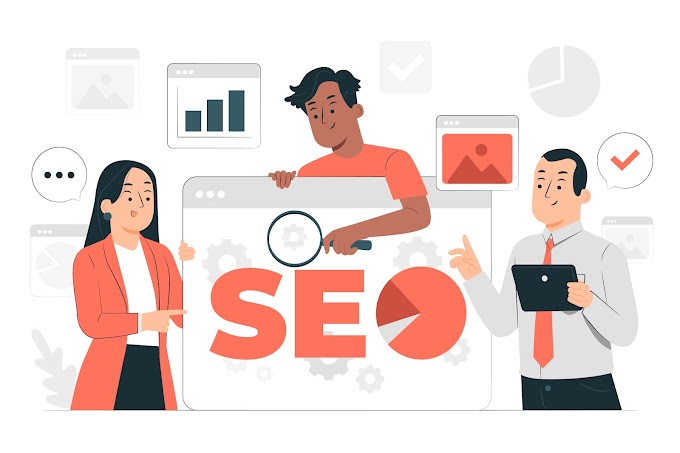As the landscape of digital marketing evolves, Meta Ads (formerly Facebook Ads) have become essential for both marketers and users alike. Without the right approach, advertisers risk wasting budgets on uninterested audiences. To maximize effectiveness, it's crucial to continually adapt and optimize your campaigns.
The Necessity of Regular Optimization
Meta's advertising ecosystem is dynamic, influenced by changing algorithms and shifting user preferences. Therefore, businesses that adopt a "set it and forget it" mentality will likely see stagnant—or declining—results.
Regular testing is essential. Each advertising campaign should come with clear objectives regarding what insights you hope to gain. Although Meta is pushing towards automated optimizations, this doesn’t guarantee an edge over competitors or consistent reliability. Ultimately, successful advertising relies on human creativity and strategic thinking.
Here’s a comprehensive checklist to help you keep your Meta ads relevant and impactful.
Meta Ads Optimization Checklist
1. Audience Targeting
Update Lookalike Audiences: Create new lookalike audiences informed by the behavior of your existing customers.
Exclude Irrelevant Audiences: Identify and exclude segments that are unlikely to convert, such as users who have recently made a purchase.
2. Creative and Format Enhancements
Monitor Performance: Pay attention to which creative elements resonate most with your audience.
3. Ad Copy Improvement
Review and Refine Copy: Continuously assess and enhance your headlines, calls-to-action, and descriptions to boost engagement and relevance.
4. Dynamic Creative Use
5. Budget and Bidding Adjustments
Reallocate Budget Wisely: Shift funding towards higher-performing ads and pause those that underperform to optimize return on investment.Test Bidding Strategies: Experiment with different bidding strategies to find the most cost-effective approach and adjust based on results.
6. Ad Placement Optimization
Analyze Placement Performance: Review how different placements (e.g., Facebook News Feed vs. Instagram Stories) impact ad effectiveness and adjust accordingly.Explore New Placements: Testing various placements can uncover new opportunities for user engagement.
7. Advanced Targeting Options
Expand Targeting: Consider using detailed targeting expansion to reach broader yet relevant audiences.Layer Targeting: Combine different demographic, interest, and behavior criteria for more precise targeting.
8. Monitoring and Analytics
Regular Performance Reviews: Set a schedule for analyzing ad performance. For budgets under $5,000, review weekly; for $5,000 to $10,000, bi-weekly; and for budgets above $10,000, check three times a week. Daily checks are recommended for budgets exceeding $25,000.Identify Trends: Use performance data to pinpoint successful elements and areas needing improvement.
9. A/B Testing and Continuous Improvement
Conduct A/B Tests: Regularly test different ad components to identify top performers, and make adjustments based on findings.Document Insights: Keep a record of your testing outcomes to inform future campaigns.
Conclusion
Optimizing your Meta ads is an ongoing journey, not a one-time task. By consistently reviewing and refining your approach, you ensure your ads reach the right audiences and deliver the best results. Regular learning and adaptation are key to showcasing your best work effectively.












Thanks for covering video marketing trends in such detail. Professional digital marketing agency in vizag that offer video production and promotion are clearly the future for online engagement.
ReplyDelete